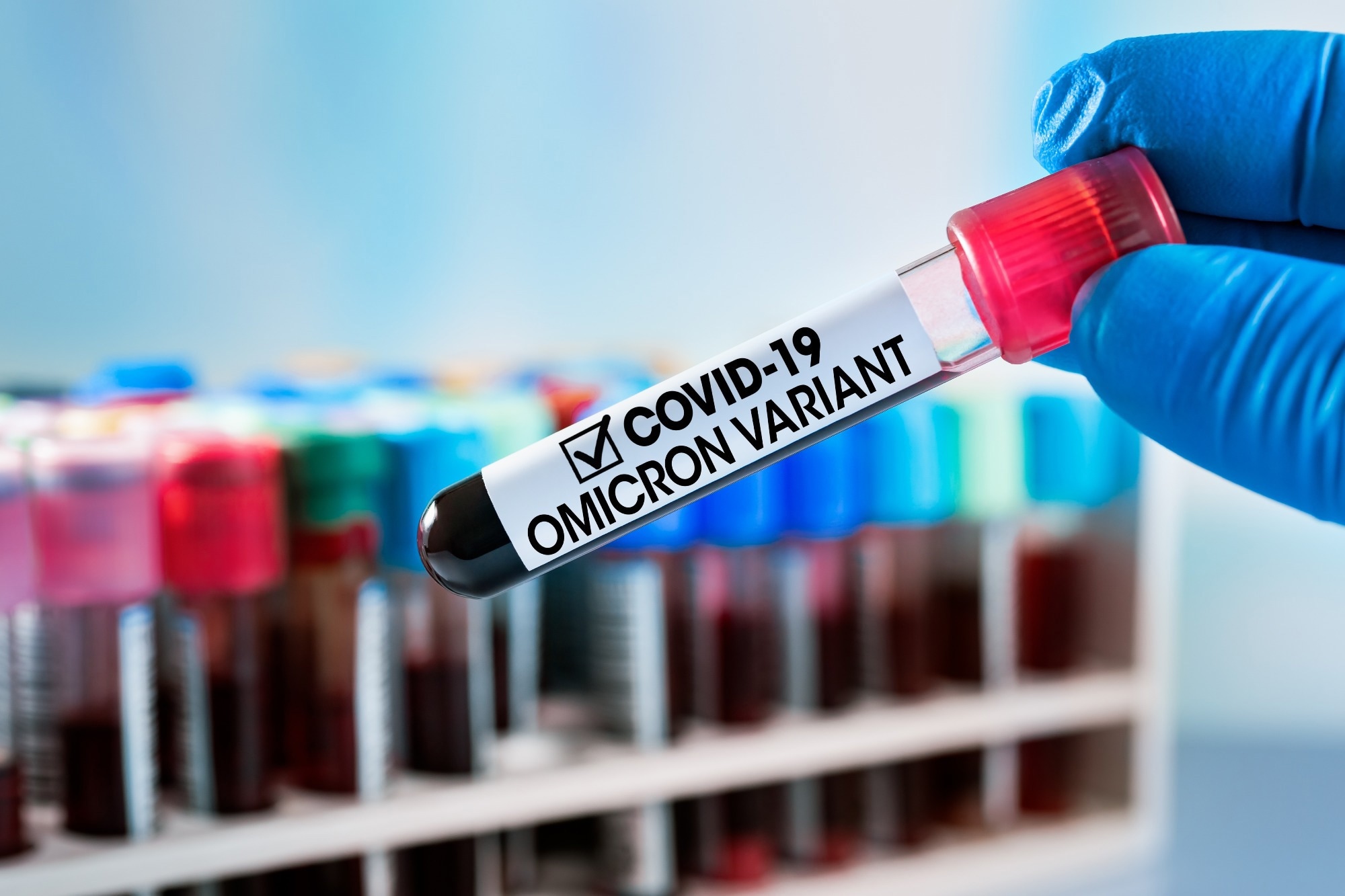A recent study published in the Rheumatology Advances in Practice Journal investigated if patients with systemic autoimmune rheumatic diseases (SARDs) have a reduced immunological response to severe acute respiratory syndrome coronavirus 2 (SARS-CoV-2) Omicron variant infection against subsequent infections.
 Study: Antibody responses following the surge of SARS-CoV-2 Omicron infection among patients with systemic autoimmune rheumatic diseases. Image Credit: angellodeco/Shutterstock.com
Study: Antibody responses following the surge of SARS-CoV-2 Omicron infection among patients with systemic autoimmune rheumatic diseases. Image Credit: angellodeco/Shutterstock.com
Background
Coronavirus disease 2019 (COVID-19) is a highly contagious disease caused by SARS-CoV-2. Omicron, a variant of SARS-CoV-2, threatens public health due to its greater transmission rate and infectivity.
As of February 7, 2023, 82.4% of Chinese people were infected with COVID-19. Studies have revealed that Omicron can evade immunity induced by vaccination or a previous SARS-CoV-2 infection. BA.5.2 and BF.7 are the most common Omicron subvariants worldwide.
Immune-mediated inflammatory illness, age, coinfections, and comorbidities increase vulnerability and severity. SARDs, such as rheumatoid arthritis, systemic lupus erythematosus (SLE), and Sjogren's syndrome, are chronic, multiorgan inflammatory disorders that break down self-tolerance without self-remission, causing immune imbalances and tissue damage.
The spread of SARS-CoV-2 Omicron in China makes treating SARD patients, who are more susceptible to infections, difficult. SARDs patients may have reduced Omicron antibody responses. Omicron infection in SARDs patients has unknown clinical and immunological response features.
This study describes Omicron infection's clinical and immunological aspects in SARDs patients to optimize patient care during the outbreak.
About the study
The present study enrolled 102 SARDs patients, including 60 SLE, 32 RA, 10 other SARDs patients, and 19 healthy controls. The First Affiliated Hospital Ethics Committee of the University of Science and Technology of China approved the study protocol.
The study analyzed age, gender, disease duration, disease-related characteristics, treatment, glucocorticoid (GC) dose, vaccination-related characteristics, Omicron infection-related characteristics, and infection severity.
Conventional synthetic (cs) disease-modifying anti-rheumatic drugs (DMARDs), biologics (b) DMARDs, and targeted synthetic (ts) DMARDs were used to classify patient medications. Additionally, the type of SARDs, demographics, concurrent treatment, SARS-CoV-2 vaccine doses, and outcomes were recorded.
The study examined the IgG antibody levels of the Omicron variants BA.5.2 and BF. in the blood samples of SARDs patients using an enzyme-linked immunosorbent assay (ELISA).
Five milliliters of peripheral vein blood from SARDs patients and healthy controls was collected. All participants provided written informed consent, and the study was conducted according to the principles of the Helsinki Declaration.
Using a microplate reader, the antibody titer was calculated by measuring absorbance at 450 nm. Categorical variables were expressed as percentages (%), while continuous variables were expressed as the mean or median. The results were deemed statistically significant if the two-sided P value was less than 0.05.
Results
This study results show that the antibody levels of BA.5.2 and BF.7 in SARDs patients with infection were significantly lower than those of healthy controls. After Omicron infection, at least two doses of prototype SARS-CoV-2 vaccination induce high antibodies against the BA.5 and BF.7 variants in SARDs patients. Glucocorticoids did not inhibit antibody responses in SARDs patients.
However, bDMARDs using SLE patients had a lower BA.5.2 Omicron variant antibody level than those using GCs and/or hydroxychloroquine. This is the first report on Omicron infection's clinical and immunological characteristics among SARDs patients in China during the Omicron epidemic.
The study also found that patients with both SARDs and Omicron infection have weaker immune defenses against BA.5.2 and BF.7 subvariants. Previous studies found that SARDs patients had reduced median anti-receptor binding domain (RBD)-IgG levels and neutralizing function against the Omicron BA.2 variants than the healthy group.
The antibodies against BA.5.2 and BF.7 concentrations in vaccinated SARDs patients were greater than those in unvaccinated patients.
The number of vaccinations was positively correlated with the level of antibodies in SARDs patients, highlighting the importance of booster vaccination in preventing Omicron infection in SARDs patients.
Limitations and conclusion
The current investigation has few limitations. This study, conducted in Hefei, China, focuses on the clinical and immunological characteristics of Omicron-infected SARDs patients. Due to demographic differences, research findings cannot be generalized to other regions of China or the world.
The study found that unvaccinated patients had lower antibody production during the SARS-CoV-2 wave in China, where the predominant Omicron sublineages BA.5.2 and BF.7 were present.
This suggests the need for effective prevention and management strategies, including booster vaccination. Additionally, SLE patients receiving combination therapy with bDMARDs also had lower antibody levels, suggesting the need for reevaluating vaccination strategies and implementing personalized approaches for these patients.